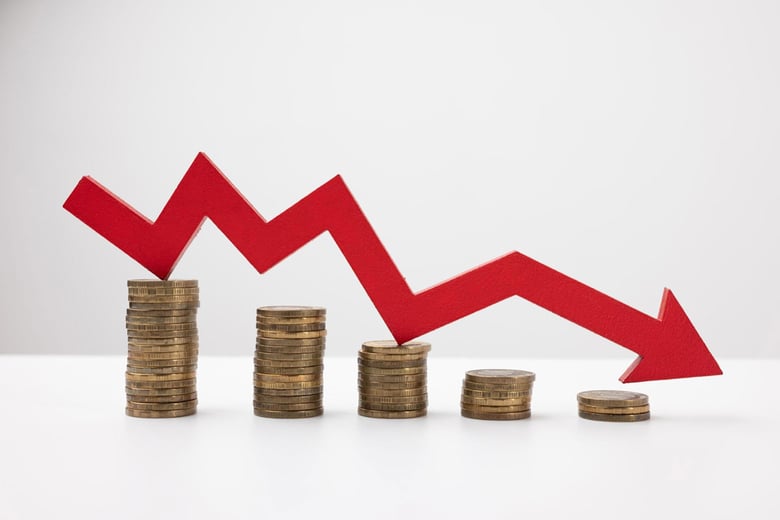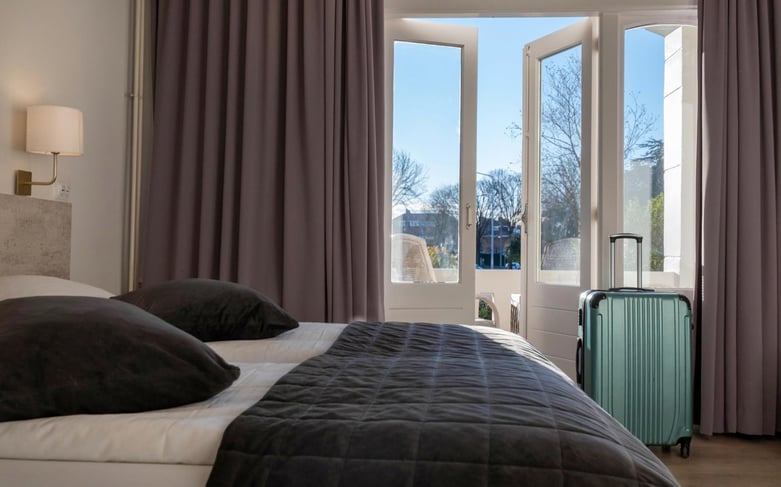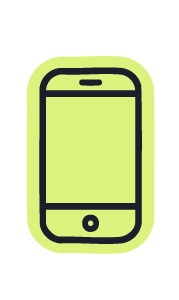How to create a dynamic pricing strategy in your hotel
At what occupancy level is it worth starting to raise your prices? How much can you raise to stay competitive? 5 EUR? 10 EUR? 20 EUR? There is no simple answer to such questions. Making the right decisions requires detailed information and analysis, the data of which is only available to you. Instead of specific answers, I will therefore give you a practical guide to help you create your own dynamic pricing strategy.
How do you get started with dynamic pricing?
The first step in creating a dynamic pricing strategy is to set boundaries. These are the following:
- Bottom price
The bottom price, the lower limit that your hotel prices can never go below, for the following reasons:
Economic limits: The most obvious limit. Below this price, the revenue from the sale of the room would be lower than the expected cost of accommodating the guest.
Psychological / brand limits: as a member of a hotel chain, central regulation limits prices. In other cases, a lower price would jeopardize the brand and image of the hotel. It is also possible that the category of the hotel does not allow the price to go below a certain level.
In some countries, there may be legal reasons for the price cap.
By setting this price, you set the lowest limit. In times of low demand and occupancy, these prices can help boost sales. Also, you can benefit from the positive reviews collected during this period in the high season, when visibility is more important.

- Starting price
What starting price is and how to determine it?
The starting price is the predetermined price. It can vary, but I suggest you set it at least a year in advance. Determining the optimal price is key, as it will be visible for a long time ahead. If you set it too high, you may lose potential bookings. If it is too low, it can jeopardize your planned profit.
The first step in determining the starting price is to analyze the previous year or compare it to a relevant past period. It is important to always compare certain days when comparing with the past, not certain dates. Monday, August 15 2022, should be compared to Monday, August 16 2021.
What’s the starting price’s purpose?
It depends on the results of the previous period. For example, if last year’s occupancy was low during the period under review, you might want to reduce this year’s price for the same period or date. The goal, in this case, is to increase occupancy. However, for periods and dates when the hotel has had a high occupancy rate in the past, a price increase is recommended. On last year’s full or near-full dates, this year’s starting price could be as much as 80-90% of last year’s ADR.
Holidays and events
Holidays and events should be considered as well. It’s important that events and holidays with moving should be compared to each other, not by date. This year's Easter should be compared to last year's, and this year's festival should be compared to last year's.
The analysis should be done for each day of the year based on
- daily occupancy
- segmentation
- average prices
- REVPAR
- the number of rooms sold and unsold, by room type
These are the most basic factors you need to use to make your analysis. Of course, the range of factors involved can be expanded. The more detailed your analysis, the more accurate your forecast for the future will be.
Effect of COVID-19
The effects of COVID-19 pandemic cannot be ignored when setting prices. However, it is worth treating information sources concisely. There are those who say that due to the pandemic, past data is not relevant in planning for the future. That is not true. It’s just that we need to use slightly different data as a reference when planning. In my opinion, a pandemic will be tamed into an epidemic that will have similar or even less importance in price planning than other unforeseen events such as wars, economic crisis, or terrorist attacks.
- Rack rate
This is, in theory, the highest price at which a room is sold, which is quite rare. However, if your hotel is fully booked for a certain date or period, but you do not want to close the sale due to possible cancellations, you can sell your rooms at this price. As a general rule, this price must be indicated at the reception or in the room for walk-in guests.

How can you incorporate dynamic pricing?
- Analyze variable micro and macro data
As I mentioned above, you need to consider factors that are typically predictable to determine the starting price. However, in the case of dynamic pricing, there are also variables in the formula that are less predictable. This is typically forecast data.
When you start analyzing a particular day, ask yourself: What was the situation like at the hotel on the same day last year? For example, if you analyze the occupancy for August 2022 today, on April 14, 2022, it is important to know how your occupancy was on April 14, 2021, for August 2021. (If the pandemic affected your hotel radically and last year's data is not relevant, analyze the 2019 data.)
When comparing, consider occupancy, ADR, and if you also have data for segmentation and room type distribution.
What is the next step? Find out why.
If sales are worse than last year: you need to know why.
- Internal problems? Worse online reviews or too high prices?
- External challenges? Negative news about the town? Canceled events? Or maybe a new bigger and more important event in a destination like yours that attracts guests?
If the result is better than last year: you need to know why.
- Better prices? Can these prices be increased? Better reviews? Better conversion? Maybe a new event nearby?

- Booking window and pick-up analysis
The booking window shows the time between online searches and bookings and arrival. It shows the time between guests starting searching for and booking accommodation and their arrival. This varies from town to town, and even hotel to hotel. It is crucial to know the main booking window or windows of your hotel, your main competitors, and your town. Different target groups have different booking windows, so guest segmentation also plays an important role in this analysis.
The definition of a pick-up is ideally: the number of rooms sold at a given period and price for a given time and room type. Pick-up data is a great starting point for determining demand and changing prices is necessary. However, this is not an operation that can be automated with a simple rule, as many variables need to be considered and prices are weighted differently.
Here are some examples of how different 10 new bookings can be for a given date:
- It’s different to sell 10 rooms within 5 or 15 days for a given date
- The sale of 10 rooms in 5 days is different with a 15-day and 50-day booking window
- The situation is different if you sell the 10 rooms at a discounted price to a tourist group or at BAR price on the OTA.
- Even if all 10 rooms are booked from Booking.com, it makes a difference whether they are booked by one or 10 different guests.

- Find the balance
No one knows your hotel and its conditions better than you, so only you can make price decisions. If you manage your hotel’s public prices in an ideal way, you can always keep them close to the equilibrium price.
What does this mean in practice? That you get the highest occupancy by raising your ADR to a price equal to or higher than your original budget. However, this is usually very difficult to achieve and can often meet with the resistance price. This will result in a slowdown or even stop of sales and in some cases may even lead to cancellations.
The most common reasons for the resistance price:
- Price increases too aggressive
- Your online reputation is getting worse
- An important event in the city will be canceled
- Unforeseen crisis
- A change in the weather forecast or expected bad weather
- Improper price management of competitors
The problem of reaching the price of resistance must be remedied immediately. A solution can be a last-minute discount during the cancellation period for bookings that have already been confirmed. This can help to avoid unwanted cancellations. Also, if bookings from one of the main sending markets fall, you may want to consider launching a country-specific campaign to increase demand.
Revenue management, and one of its main components - dynamic pricing - is an interesting combination of science and art. The former means analysis, the latter strategy-making in the process. Dynamic pricing is undoubtedly an effective method, but it is not enough in itself. The harmonious and integrated use of sales channels and the optimal distribution strategy are equally important to maximize profits.
What else can you do? Choose an innovative PMS system that helps with dynamic pricing with detailed, transparent reports. Increase the number of your direct, commission-free bookings with a web-based Booking Engine. Keep your prices and availability on all online sales channels consistent and up-to-date with an integrated hotel Channel Manager.



